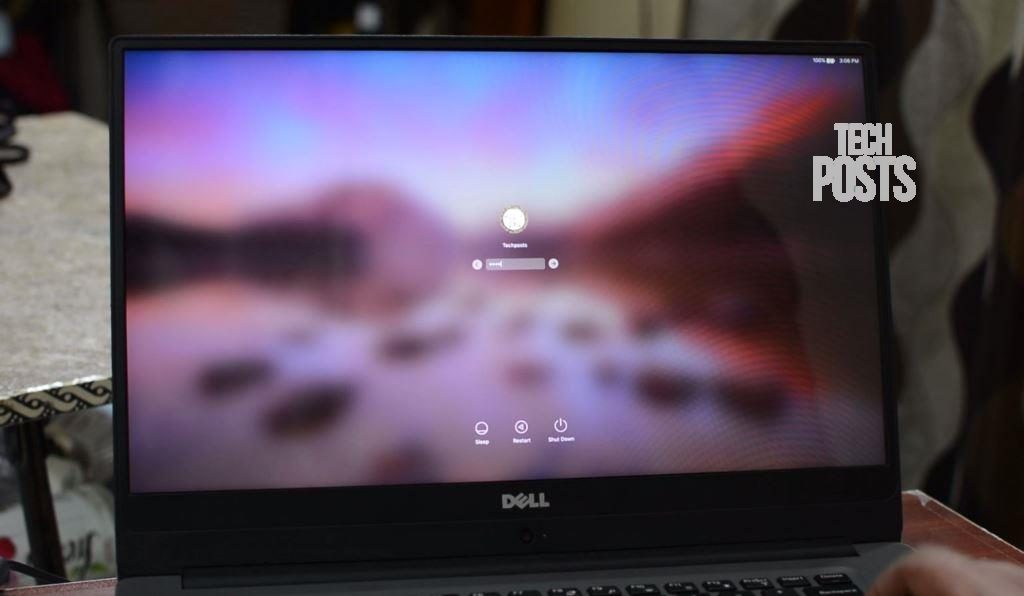I’m trying to sell a 2009 MacbookPro. It’s the model MacbookPro5.5 and Apple supports macOS El Capitan 10.11 as latest available version.
I’ve wiped all data from the installed SSD and had to boot from an external disk. Now I’ve got two problems:
- I’ve only got a Mac with Big Sur and Apple Silicon. I cannot use the package installer from the download provided by Apple to create the installer App for El Capitan. However, I need access to the installer so that I’m able to use the createinstallmedia command.
- The 2009 MacbookPro is already wiped and has only access to the recovery mode. You cannot execute the package installer in Recovery Mode to extract the media.
If Your Mac hard drives break down and stop working. If you are upgrading or replacing a Mac hard drive and you don't have an operating system, this video wi. After that, you successfully installed VirtualBox on your PC, now in this step open VirtualBox and Click on. In this step, you need to give Name and operating system, please choose a descriptive name for the new virtual. After that, you clicked on the next other windows.
Jun 11, 2021 macOS High Sierra 10.13 can upgrade Sierra, El Capitan, Yosemite, Mavericks, Mountain Lion; Safari downloads the following older installers as a disk image named InstallOS.dmg or InstallMacOSX.dmg. Open the disk image, then open the.pkg installer inside the disk image. It installs an app named Install Version Name. Open that app from your Applications folder to begin installing the operating system. Matshita dvd ram uj 811 drivers. Question: Q: Failed attempt to install El Capitan, now cannot restart in previous version. I tried to upgrade to El Capitan from OS X 10.6.8, which I realise is not possible. On restart, Mac keeps trying to install it and now I can't get back into my Mac at all. Now plug your bootable USB Installer into your PC that want to install Mac OS X El Capitan on it, then press the boot Menu Button from your keyboard(F12, F10, F8, F2) depending on your System, it can find then do a Google search, after that enter Boot Manager then select the bootable USB Boot Installer and hit enter.
Luckily I’ve found this blog post from Chris Warrick who explained how to extract the installer App from the package:

- Attach an external Disk which contains the downloaded pkg from Apple. You’ll need enough space on that Disk to extract the pkg and it needs to be writeable
- Open the Terminal from inside the Recovery Mode
- Go to the mounted volume
- Extract the package:

Now we can try to create the install media from the installer app. Make sure you’ve attach another disk which can be overwritten by the installer. In this example its named “MyBlankUSBDrive”:
The InstallESD.dmg image is missing, which we’ll need to add to the right location:
Now we’ll have a valid installation medium which can be used to start the installer from. You can reboot from that disk and should be able to install El Capitan.
However, I’ve encountered another annoying issue which caused the installer to fail:
El Capitan Installer cannot be verified
Oh great… On to the next commands you can try from the Terminal inside the Recovery OS:
installer -pkg /Volumes/Mac OS X Install DVD/Packages/OSInstall.mpkg -target /Volumes/'XXX'where XXX is the name of the disk you’re installing to.- Wait for the installation to say it’s complete. You will not see any sort of progress display.
Install Mac Os El Capitan From Usb
Great, you’ve got El Capitan installed! Apple had some issues with certificates and people found a way to either use the above commands for installation or you’ll have to tinker with your Macs time settings so that the signature is valid again. I would have expected that Apple resigned all installers so I wouldn’t have to use these commands at all but doesn’t look like they did.